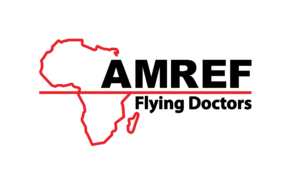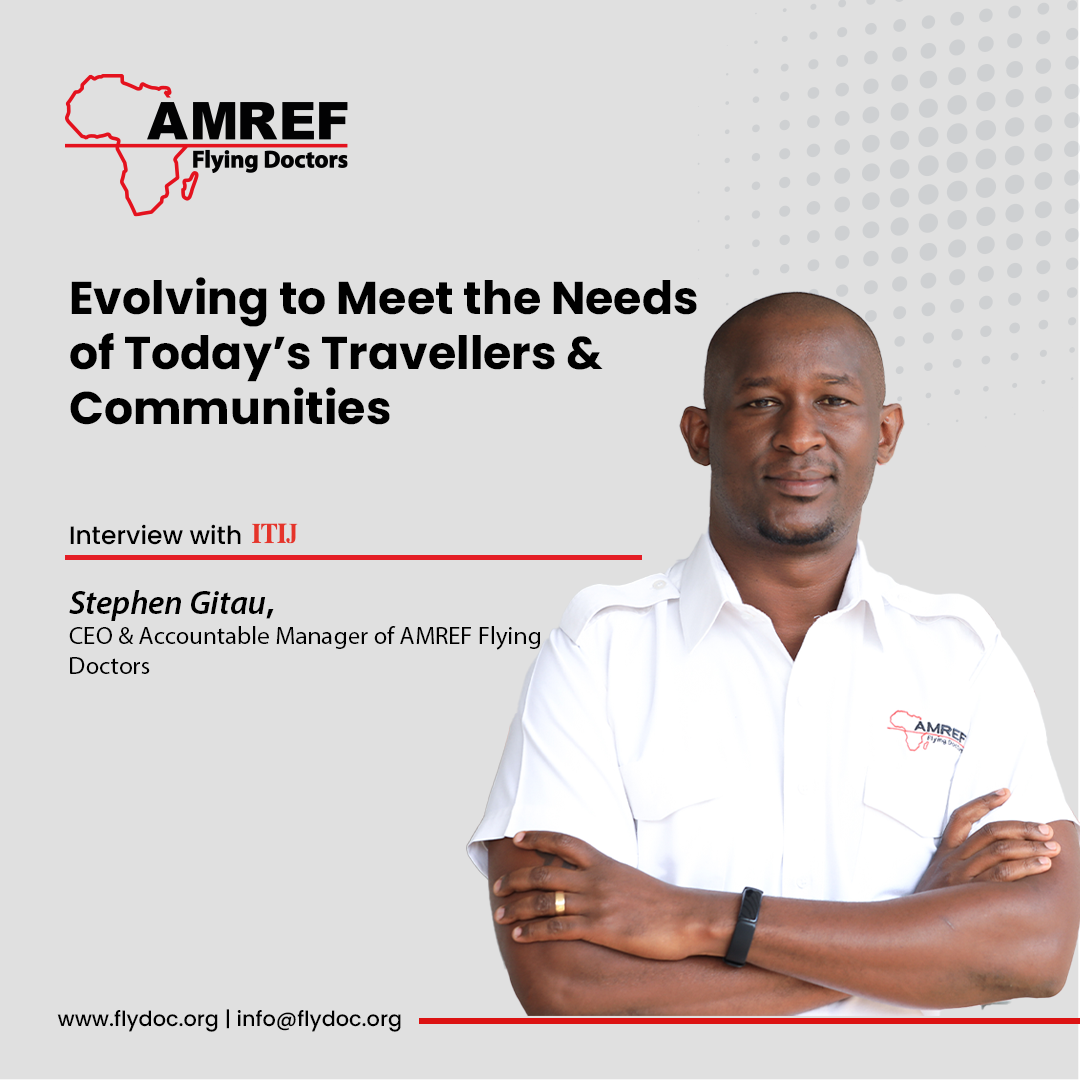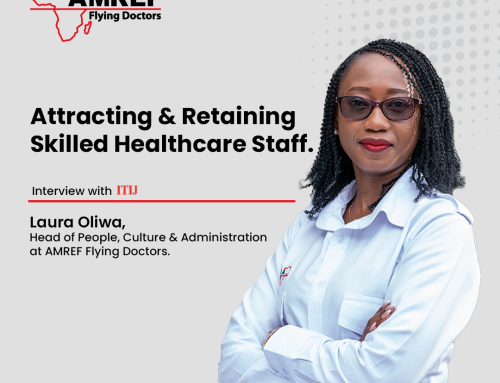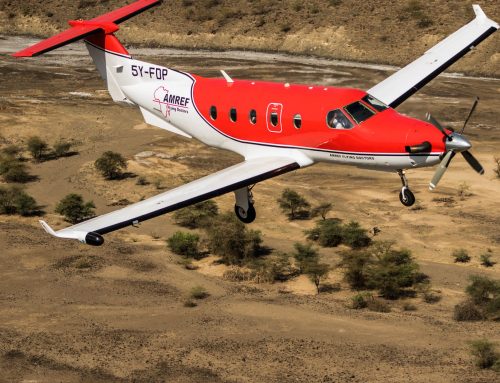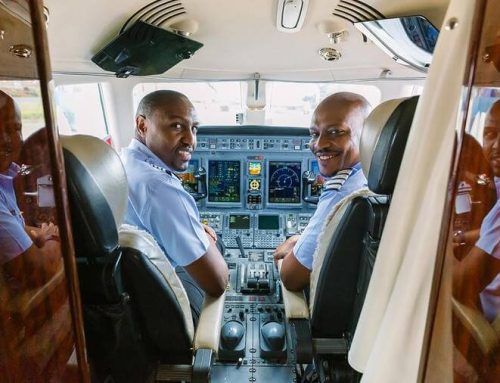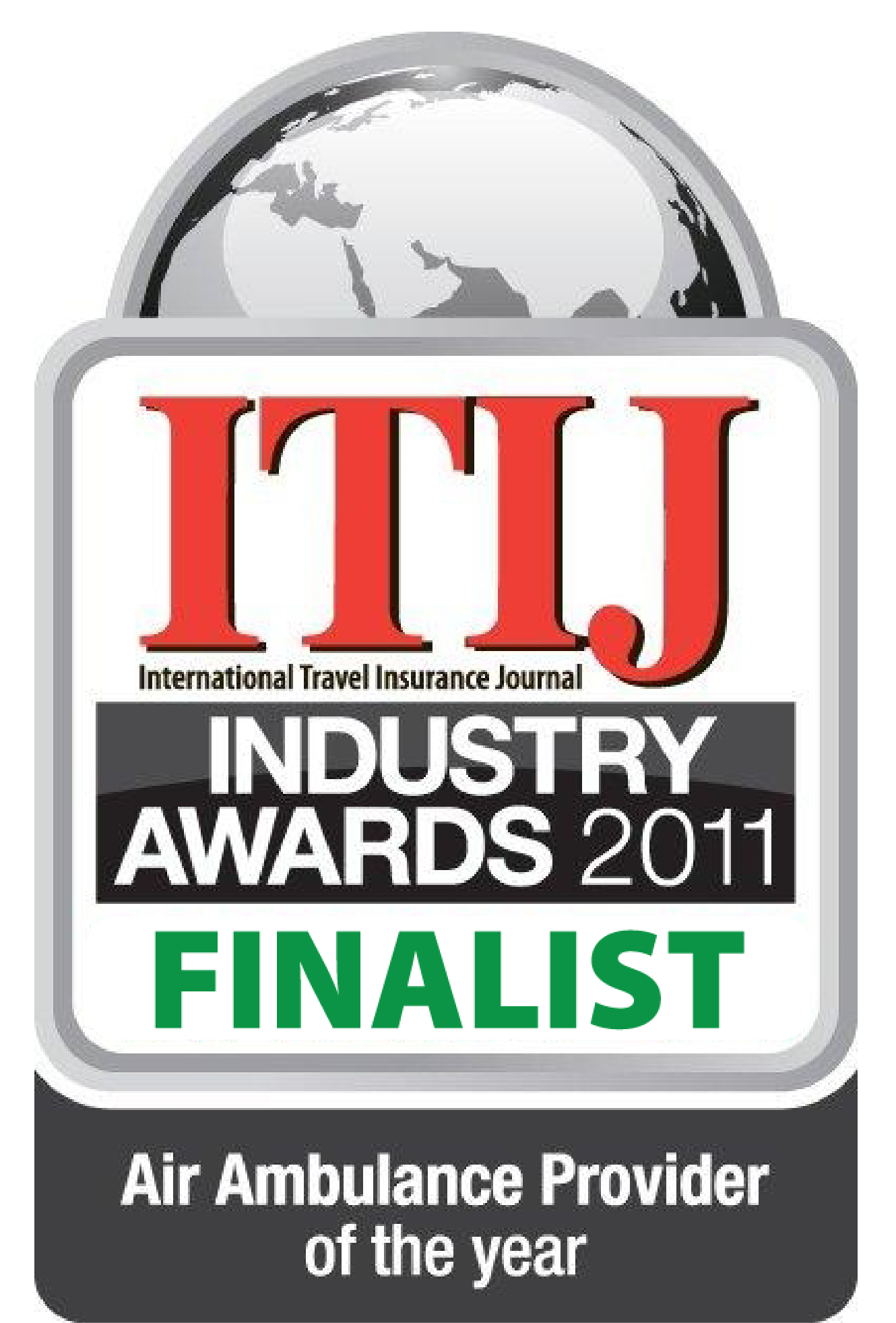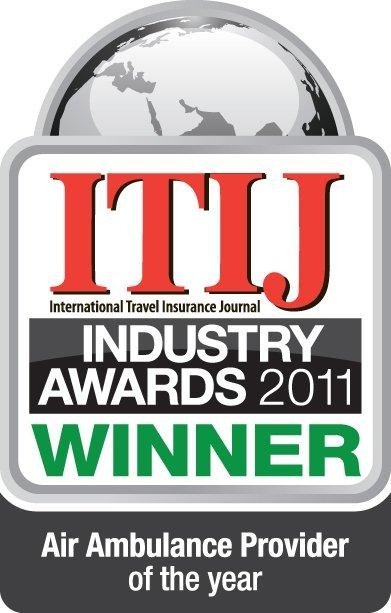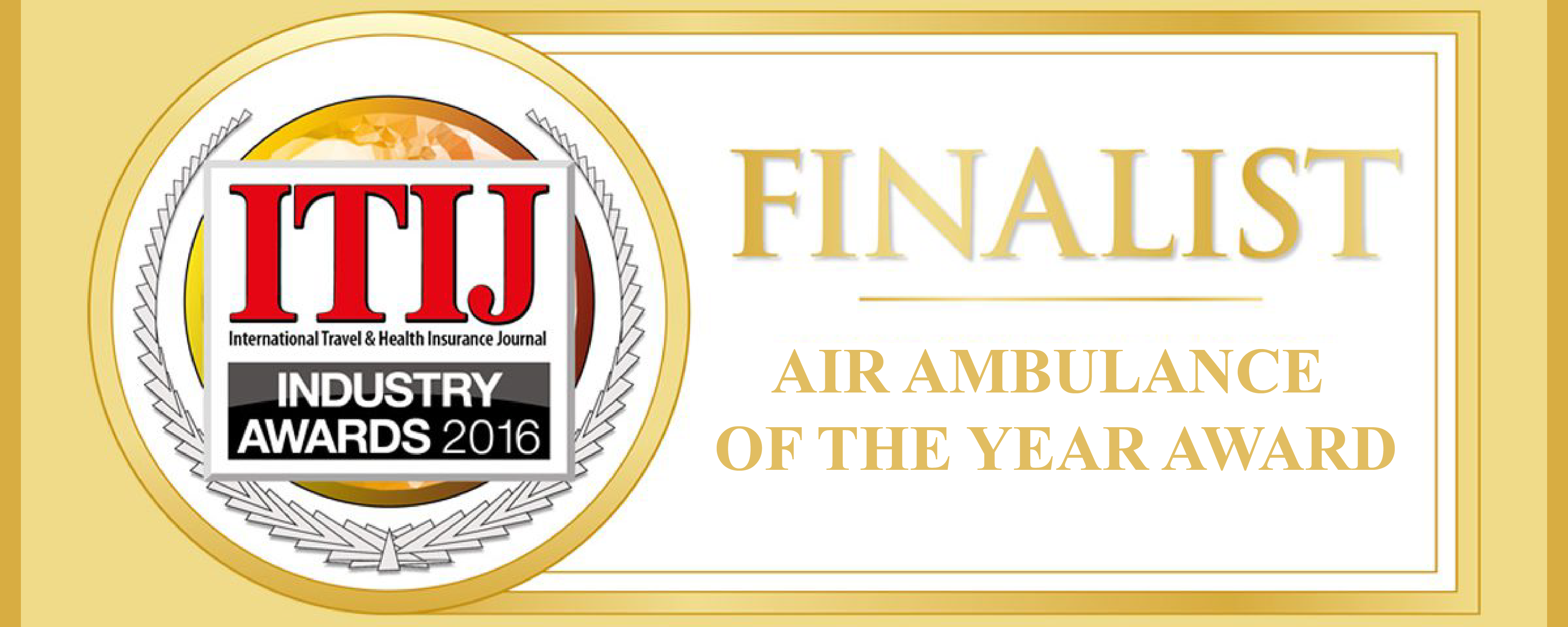Stephen Gitau, CEO of AMREF Flying Doctors, discusses the organisation’s expanding role in aeromedical care across Africa, highlighting innovations in telemedicine, training, and its adaptation to modern travellers’ needs
Before we begin the interview, we would like to acknowledge the tragic accident that occurred on 7 August 2025 involving AMREF Flying Doctors. Could you share a few words with our readers?
On 7 August 2025, AMREF Flying Doctors suffered a profound tragedy when our Cessna Citation XLS jet (registration 5Y-FDM) was involved in an accident shortly after takeoff from Wilson Airport in Nairobi, en route to Hargeisa, Somalia, where it was scheduled to pick up a patient for medical evacuation. Approximately three minutes into the flight, the aircraft lost contact with the control tower. Despite immediate alerts and repeated attempts to reach the crew via VHF and satellite phone, there was no response.
We lost four of our extraordinary colleagues, Captain Muthuka Munuve, Captain Brian Kimani Miaro, Dr Charles Mugo Njoroge, and Nurse Jane Rispah Aluoch Omusula, along with two members of the Mwihoko community in Kiambu, Kenya. They took to the skies with purpose to heal, to save and to serve. Their courage, compassion and commitment to saving lives will remain at the heart of our organisation.
As we honour their memory, AMREF Flying Doctors reaffirms its commitment to the highest standards of safety, care and service. The values they embodied will continue to guide our mission with the same devotion and humanity they so bravely demonstrated.
We have seen a sharp rise in young, socially minded travellers, particularly medical students and volunteer healthcare workers
You recently mentioned a growing younger demographic, especially volunteer healthcare students, visiting East Africa post-Covid-19. How is AMREF Flying Doctors adapting its services and outreach to meet this emerging market?
We have seen a sharp rise in young, socially minded travellers, particularly medical students and volunteer healthcare workers, choosing East Africa for fieldwork and humanitarian assignments. They are looking for organisations that offer services that are affordable, accessible, and contribute meaningfully to communities.
To meet these needs, we have made our Maisha Medical Evacuation Membership as accessible and flexible as possible. It provides affordable coverage for emergency air and ground evacuations, making it ideal for those spending time in remote or high-risk areas, even for short stays. Recognising the growing number of young, purpose-driven travellers in the region, we’ve also introduced Maisha Tourist Plus – a new short-term plan tailored for local and international visitors. It offers comprehensive emergency medical evacuation and post-hospitalisation cover, ensuring safety and peace of mind while exploring Eastern Africa.
Our not-for-profit model, where surplus revenue generated by AMREF Flying Doctors is reinvested into Amref Health Africa’s critical health programmes, resonates strongly with this socially conscious younger generation.
We have also added a Pilatus PC-12 aircraft to our fleet. With its short takeoff and landing capability, it is ideal for accessing the remote locations where many of these young professionals are based. The PC-12 also enables us to carry out charity evacuations from hard-to-reach areas, further reinforcing our humanitarian commitment and ensuring that no-one is beyond the reach of emergency care.
Can you share a challenging mission, perhaps in a conflict-prone area, where risk assessment and your ‘boots-on-the-ground’ network played a decisive role in ensuring success?
One mission that stands out was the evacuation of four critically injured aid workers from Sudan to Italy, conducted in two flights during the peak of the Sudanese conflict. The patients were over 10 hours away by road from the nearest air strip, and the security situation was tense and unpredictable.
Our local network on the ground was crucial. They provided real-time updates on security conditions and coordinated the necessary landing permits with both warring factions.
Securing emergency war risk insurance was another major challenge because aircraft had already been targeted and destroyed in the conflict. Despite the risks, we executed a swift turnaround and evacuated the patients safely. It’s an example of how detailed risk assessment, local expertise and strong partnerships make the difference in high-stakes operations.
During the Covid-19 pandemic, you pioneered the use of portable patient transport isolation chambers in Africa. What was the broader impact of these innovations on your operations and readiness?
Covid-19 was a turning point for us. We quickly invested in portable patient transport isolation chambers and world-class protective gear, which allowed us to safely move infectious patients without exposing crews to unnecessary risk. Importantly, our experience during the Covid-19 pandemic significantly strengthened our preparedness to manage other highly infectious diseases such as Ebola, Marburg, and other viral haemorrhagic fevers. Today, we are fully equipped, and our teams are specially trained to carry out these high-risk missions safely and effectively.
We completed over 500 Covid-19 patient transfers, which demonstrated both our agility and our ability to scale under pressure.
Securing emergency war risk insurance was another major challenge because aircraft had already been targeted and destroyed in the conflict
More than anything, we learned the importance of staff wellbeing. We prioritised crew welfare through rest schedules, counselling, and mental health support. These measures kept morale high during one of the toughest periods in our history. Today, this readiness to adapt and care for our people has become part of our DNA and is recognised across the region.
Post-pandemic, AMREF Flying Doctors pivoted to partner with governments for logistics and training at key airports. How have those partnerships evolved and how do they influence your current strategy?
During the pandemic, we trained more than 600 airport and border staff across East Africa on infection prevention, response protocols, and crisis handling. These partnerships laid a strong foundation for ongoing collaboration.
Today, these relationships go far beyond pandemic response. They form part of our broader strategy to strengthen health systems and emergency logistics infrastructure. This directly supports our parent organisation, Amref Health Africa, and its mission of ‘lasting health change in Africa’.
Digital transformation and telemedicine are changing global healthcare. How is AMREF Flying Doctors integrating remote medical support or telehealth into its Emergency Control Centre and services?
Digital healthcare is a cornerstone of our operations. Our Operations and Emergency Control Centre (OECC) provides free telemedicine consultations to over 100,000 Maisha members, ensuring round-the-clock access to medical expertise.
Our aircraft are fitted with telemetry-enabled equipment, which transmits patient vitals and ECG data directly to the medical team on the ground. This means our flight teams always have expert backup.
We are also investing in AI-powered systems to automate medical records and administrative tasks
We are also investing in AI-powered systems to automate medical records and administrative tasks. This not only improves efficiency but also reduces workload stress for our medical teams.
How is AMREF Flying Doctors engaging young healthtech innovators, with products like wearables, telehealth apps or remote diagnostics, to enhance aeromedical care, and are any pilot projects underway?
We are very open to new technology. For example, our teams use handheld point-of-care ultrasound (POCUS) devices, allowing in-flight diagnostics that save critical time.
We are also piloting wearable health trackers for our staff. These devices monitor fatigue, heart rate, and recovery, helping us protect crew wellbeing during demanding missions. It is part of our culture of innovation and continuous improvement.
Beyond air ambulance operations, AMREF Flying Doctors is accredited to provide AHA-certified training (BLS, ACLS, first aid). How do these training programmes complement your mission and contribute to sustainable healthcare capacity-building in Africa?
Training has always been central to our mission. As an American Heart Association-accredited Training Center, we deliver Basic Life Support (BLS), Advanced Cardiac Life Support (ACLS) and first aid training to both our own staff and external healthcare professionals.
We train around 900 doctors and nurses each year, ensuring that emergency care in the region meets global standards. We are also expanding into first aid training for aviation operators, building a network of skilled first responders.
By keeping these programmes affordable and accessible, we support the long-term improvement of healthcare systems across East Africa.
Looking ahead, you mentioned expanding the fleet for longer-range operations and increasing medical air evacuation accessibility. What key metrics will you use to measure success over the next three years?
Fleet expansion and simplification is a major focus. With the expected arrival of our new Cessna Citation 680 Sovereign, we can now perform more long-range transatlantic evacuations to the US, Europe, China and more African destinations.
Meanwhile, our Pilatus PC-12 allows us to serve even the most remote areas due to its versatility in landing and taking off unserviced air strips, which form the bulk of our remote missions.
Over the next three years, we will measure success through:
- Expanding the geographical reach and accessibility of our services across our customer segments
- Ongoing investment in clinical quality and patient care
- Increased training and upskilling of our staff
- Growth of the ‘Charters for Good’ programme, which uses idle aircraft capacity for humanitarian and corporate missions
- Increase our funding to Amref Health Africa programmes, which support health in vulnerable communities in Africa.
Our goal is to combine medical excellence with measurable social impact, across every mile we fly.
First Published: ITIJ | September 2025 Air Ambulance Review
Author: Stephen Gitau
Editor: Jane W. Muthoni
